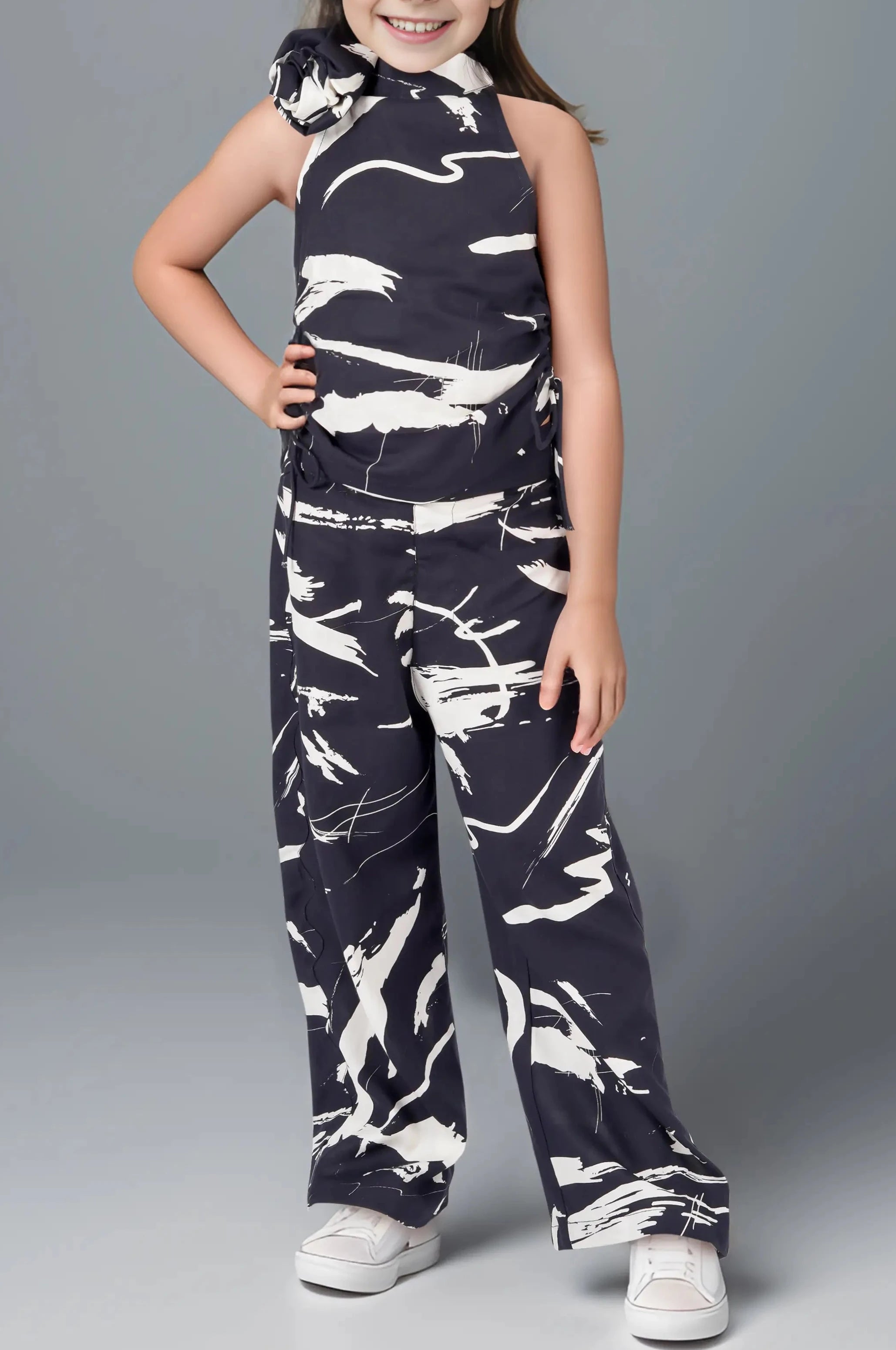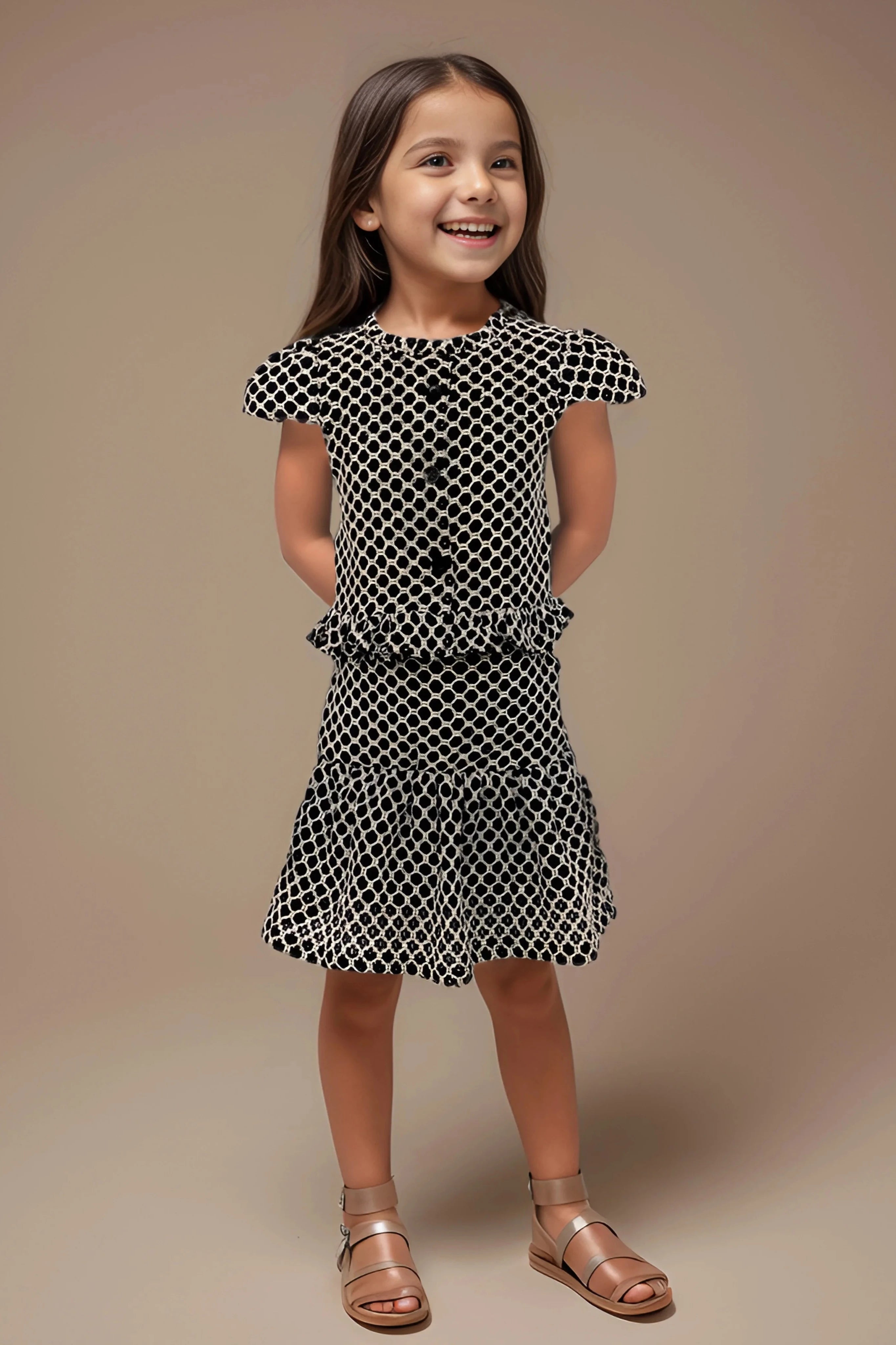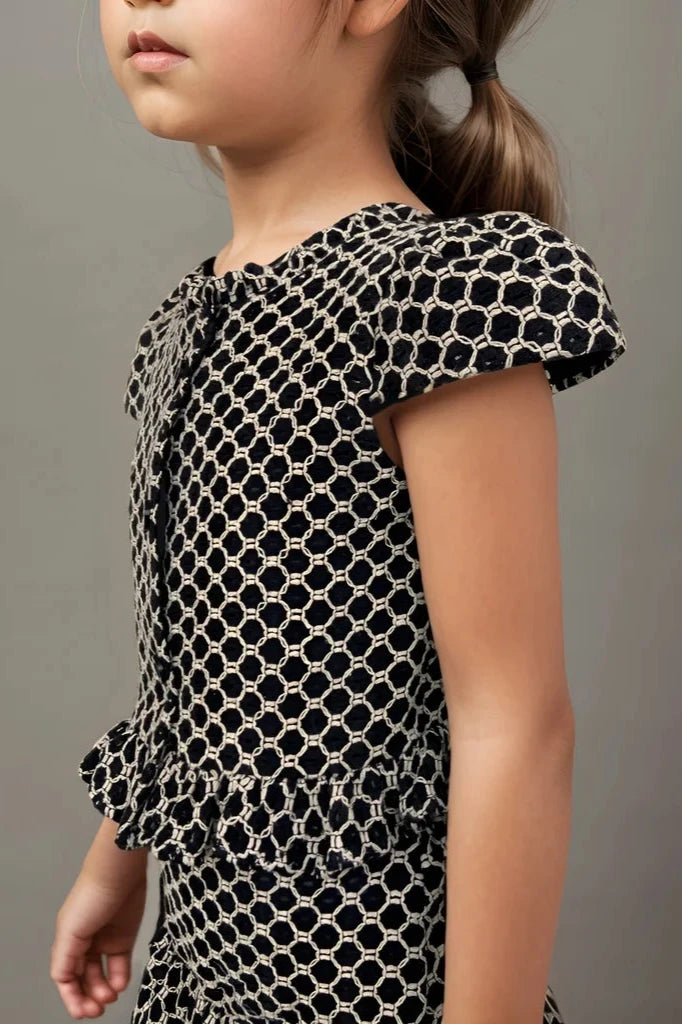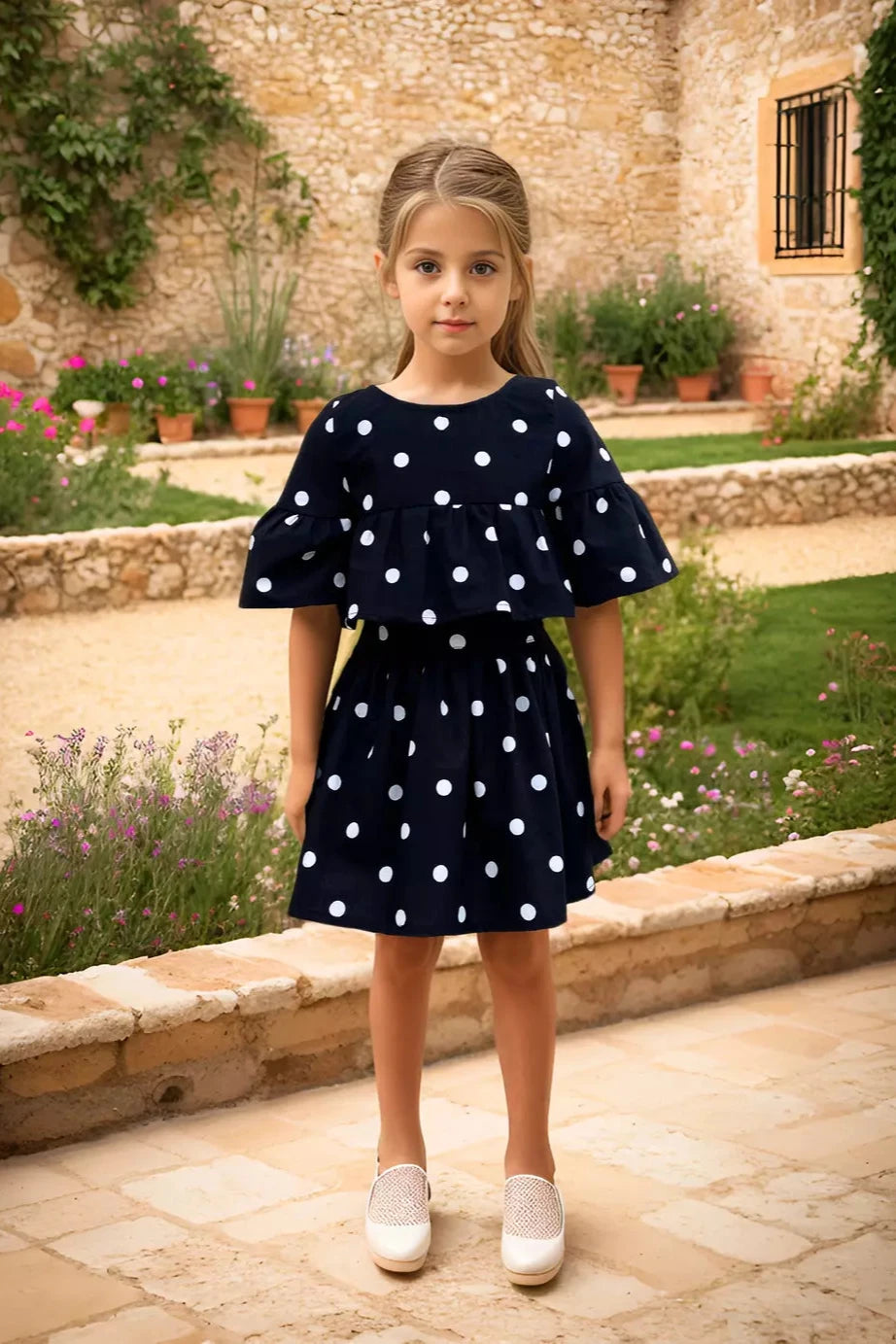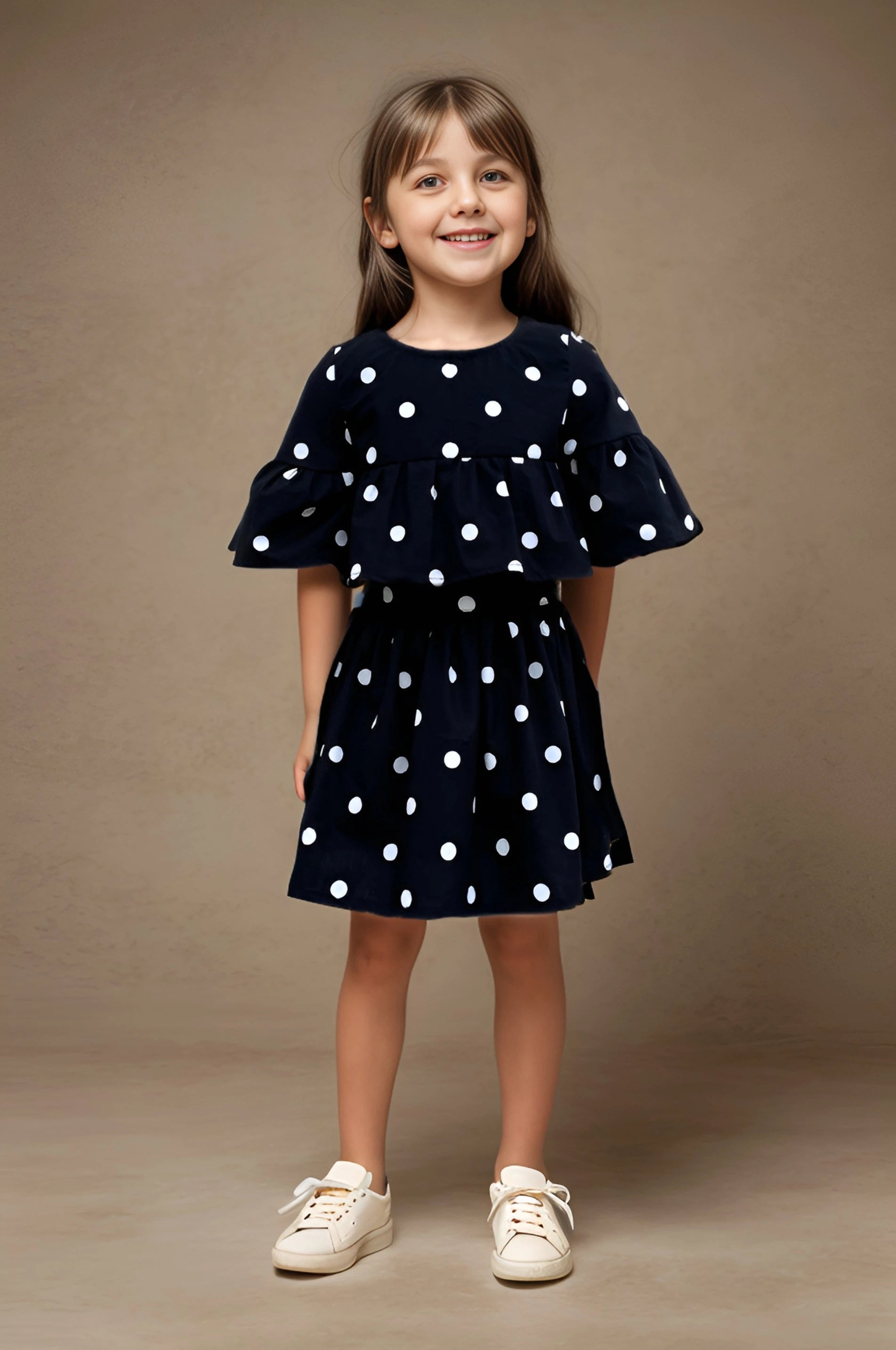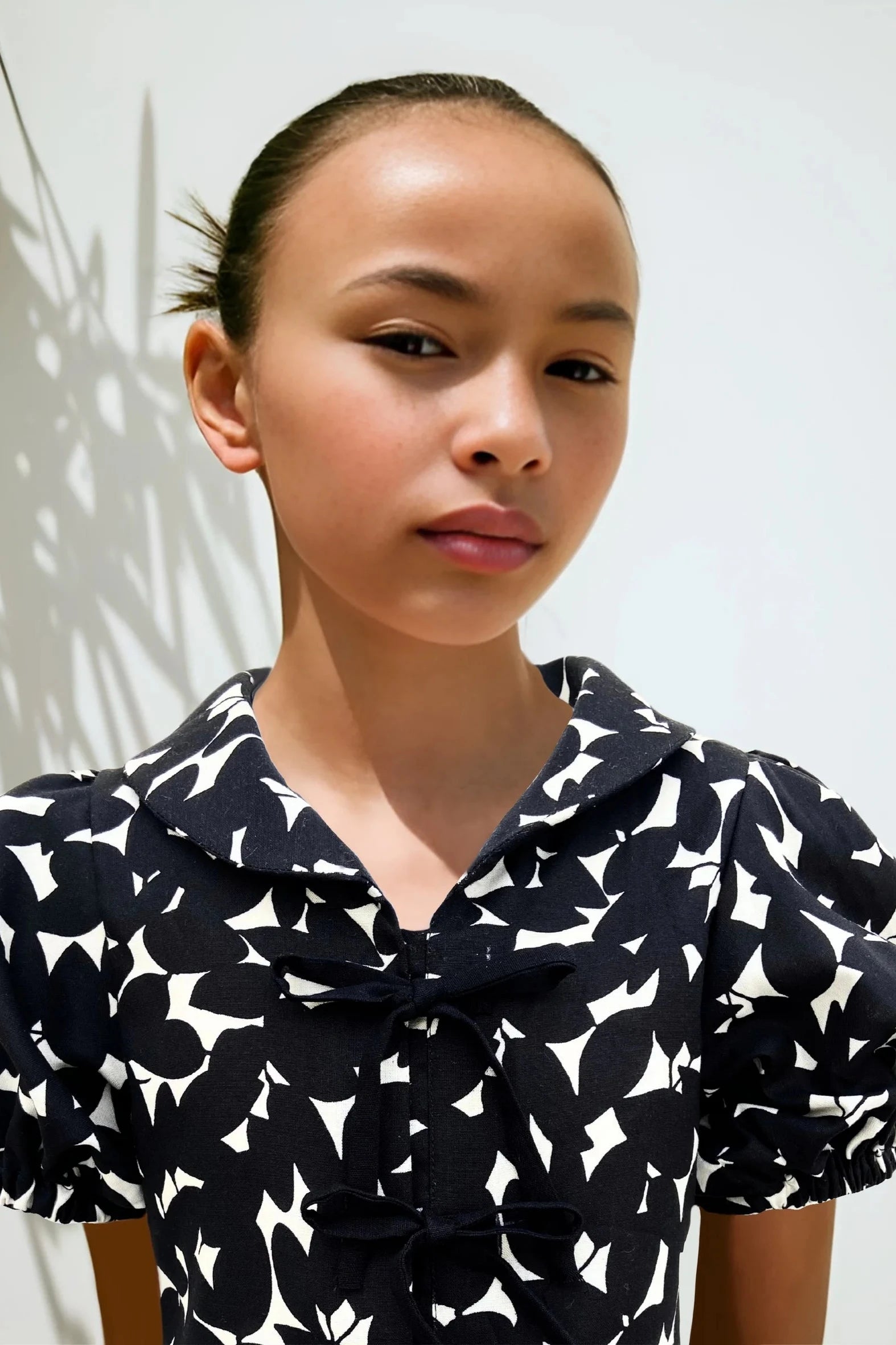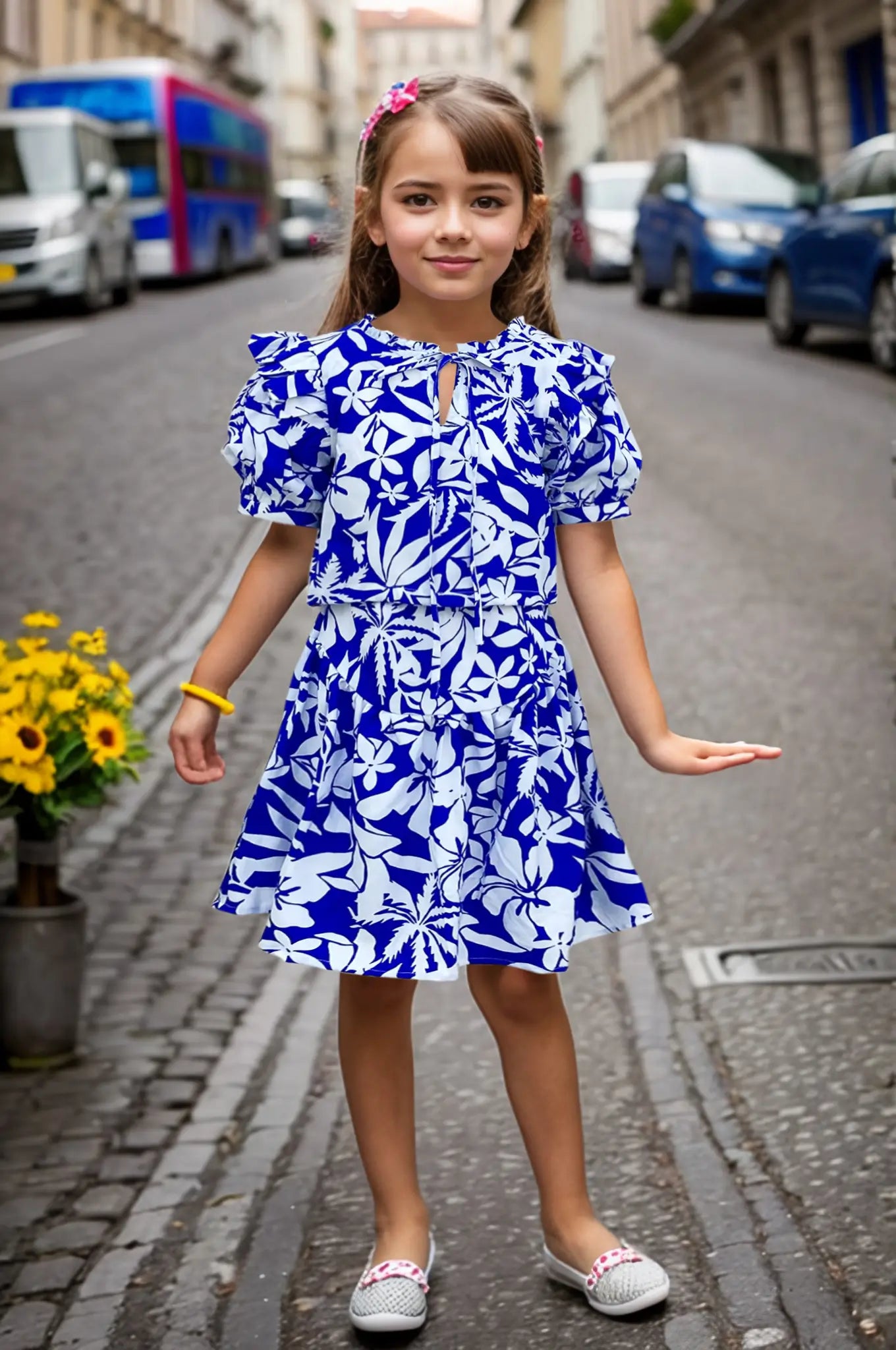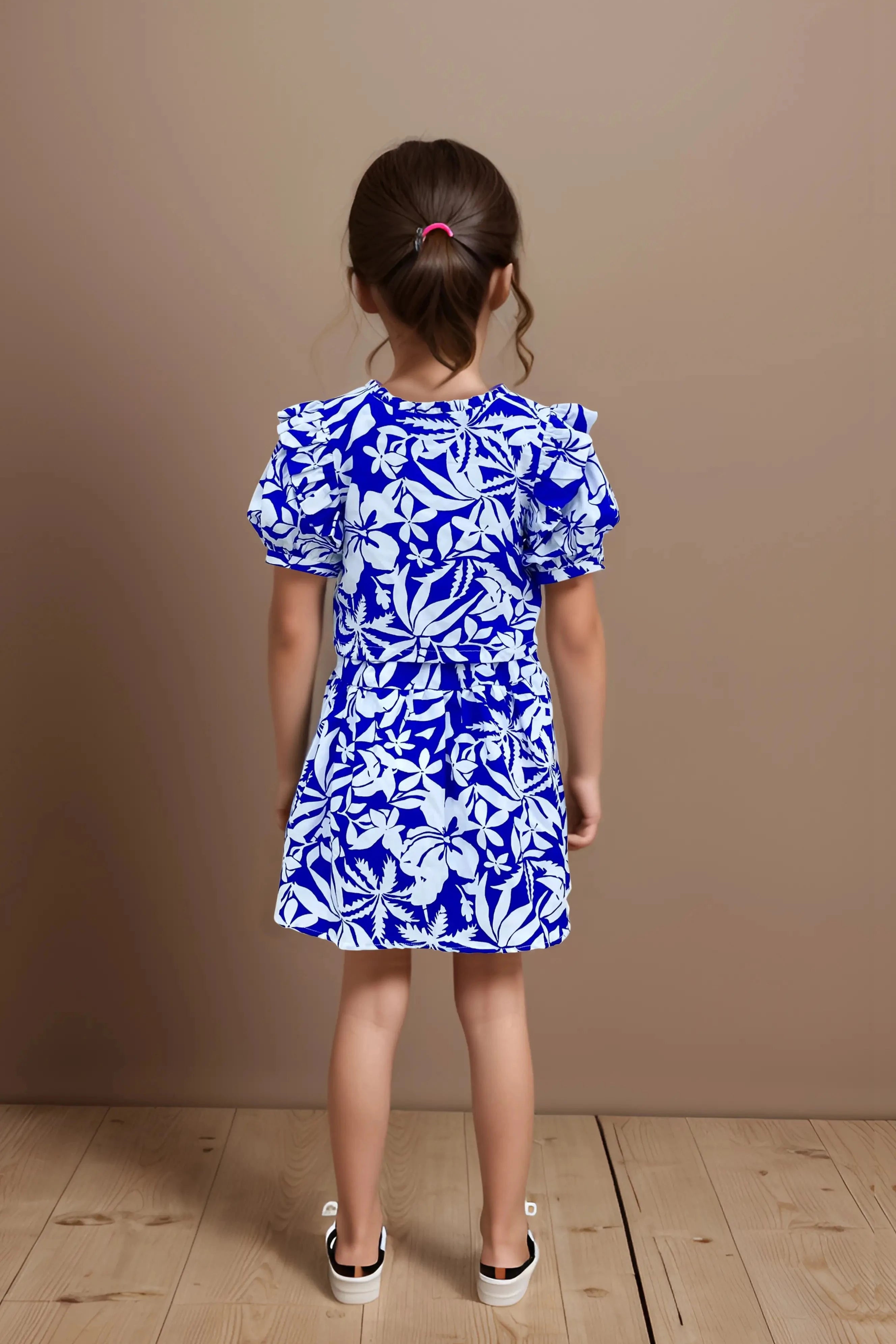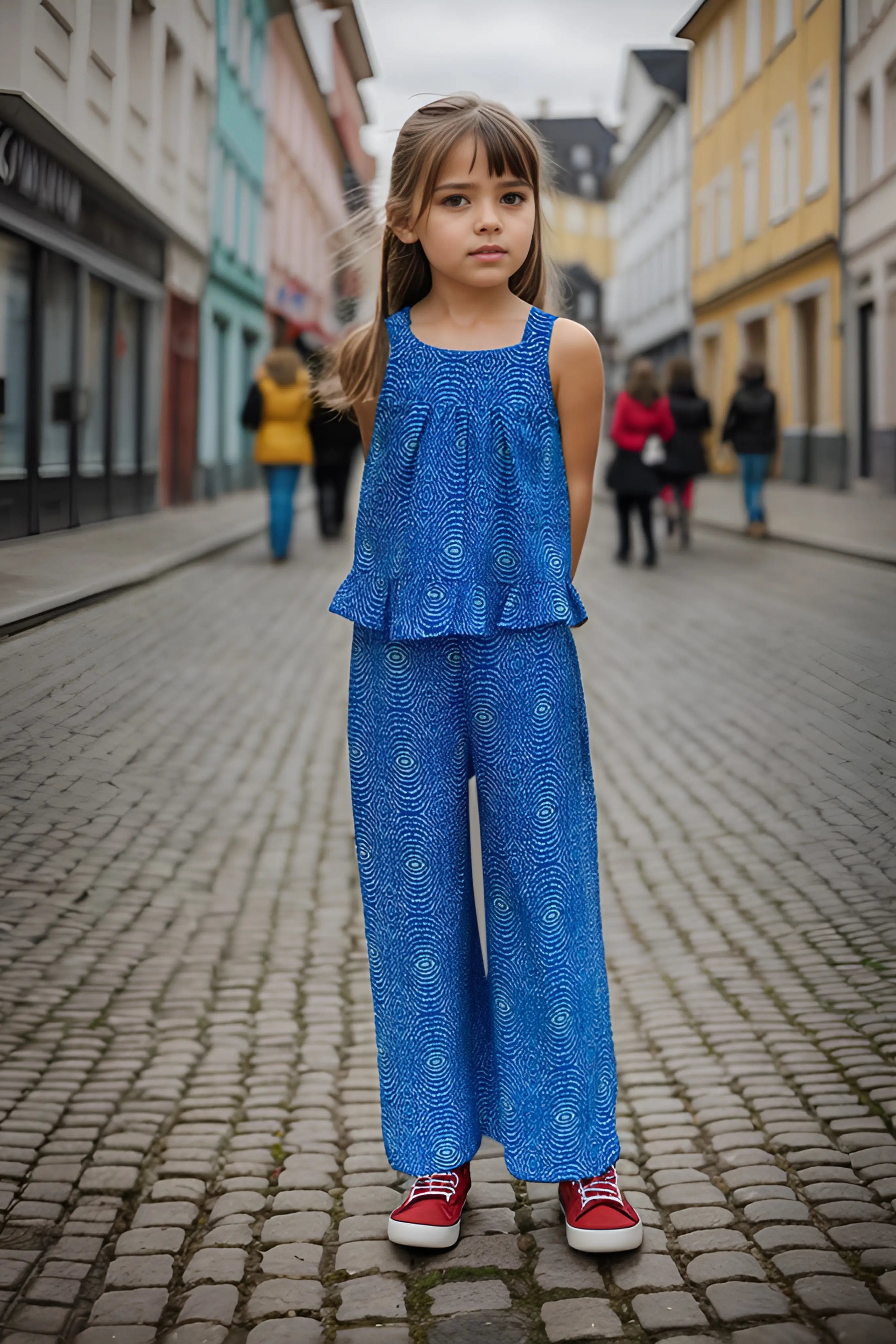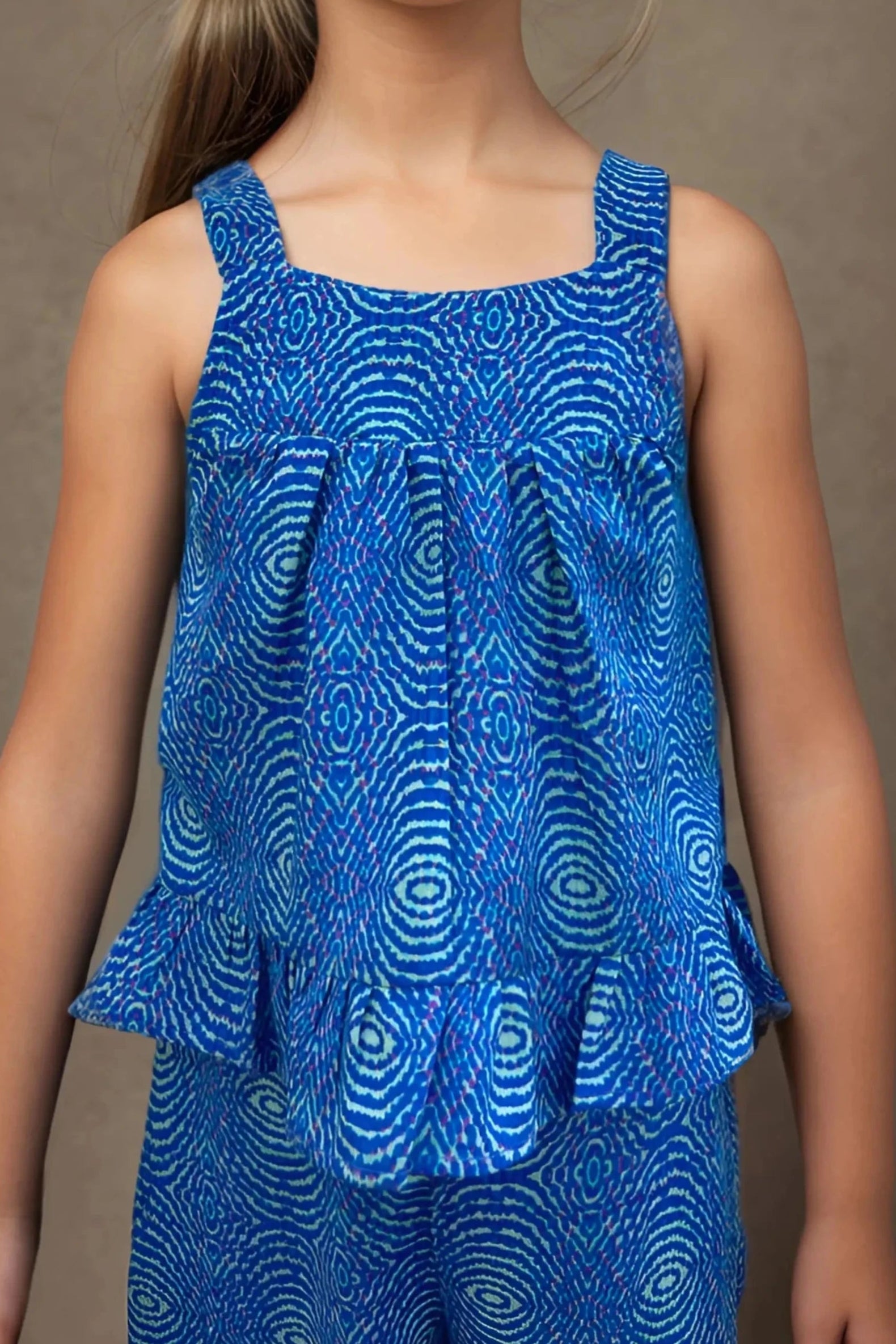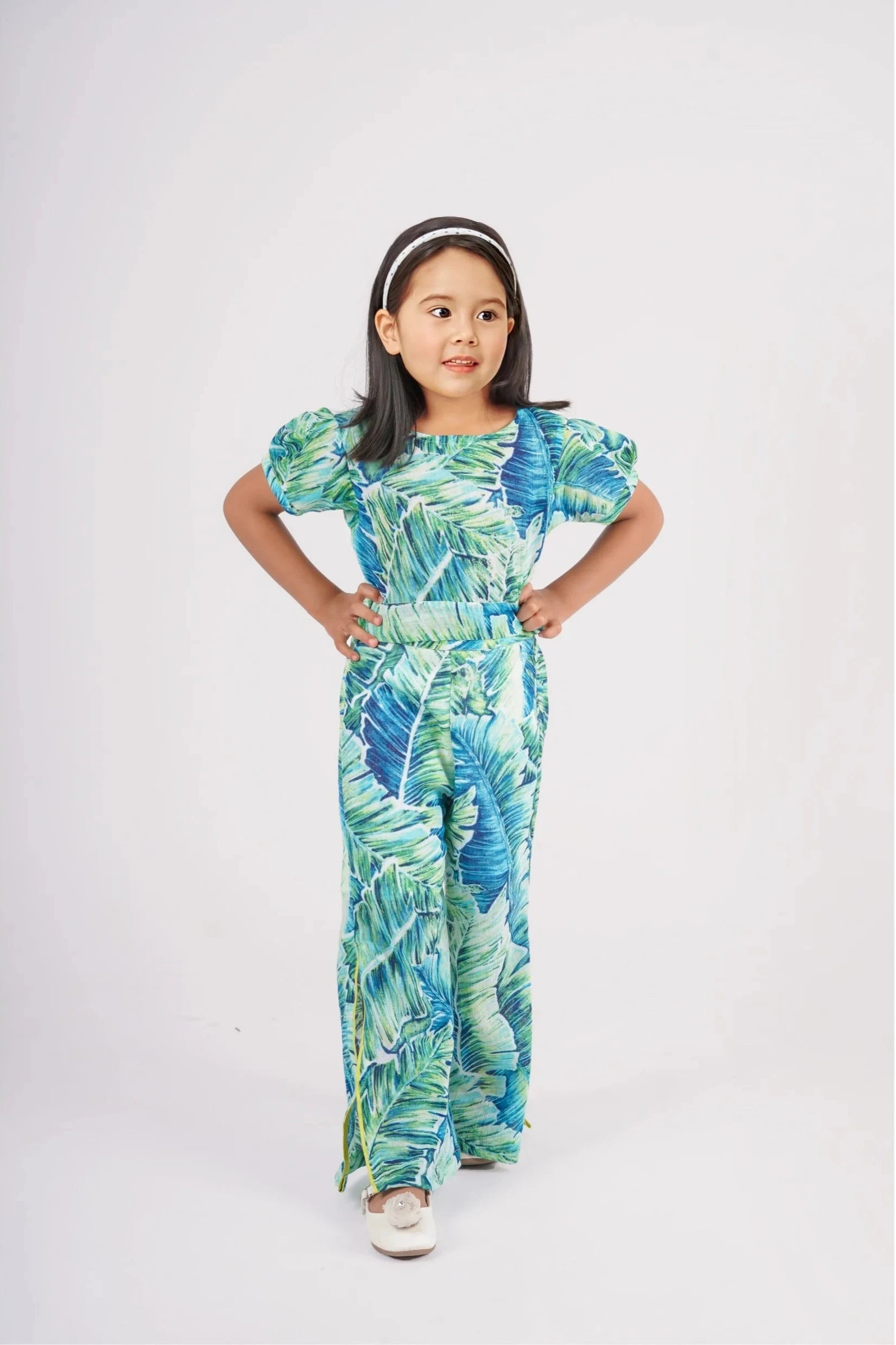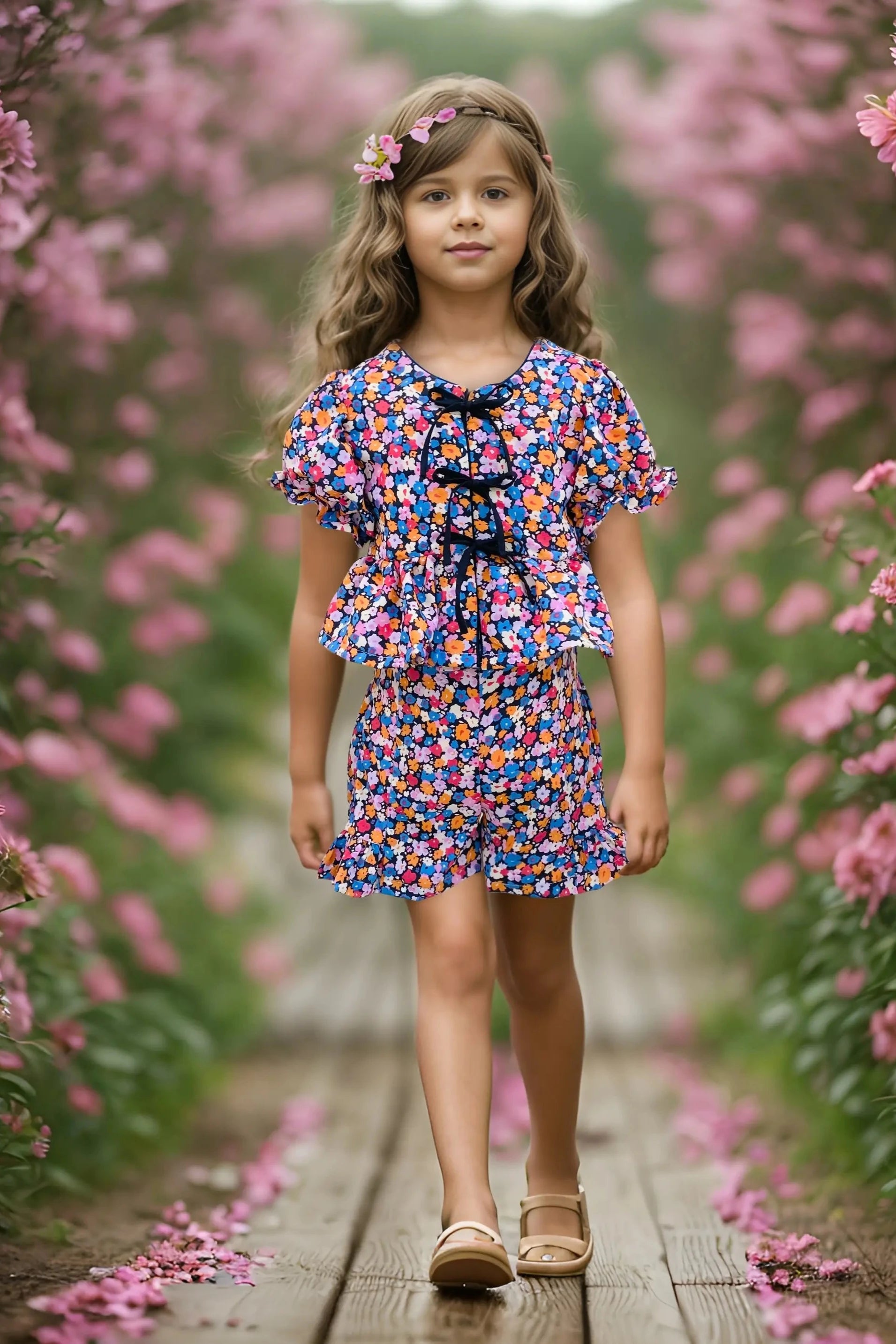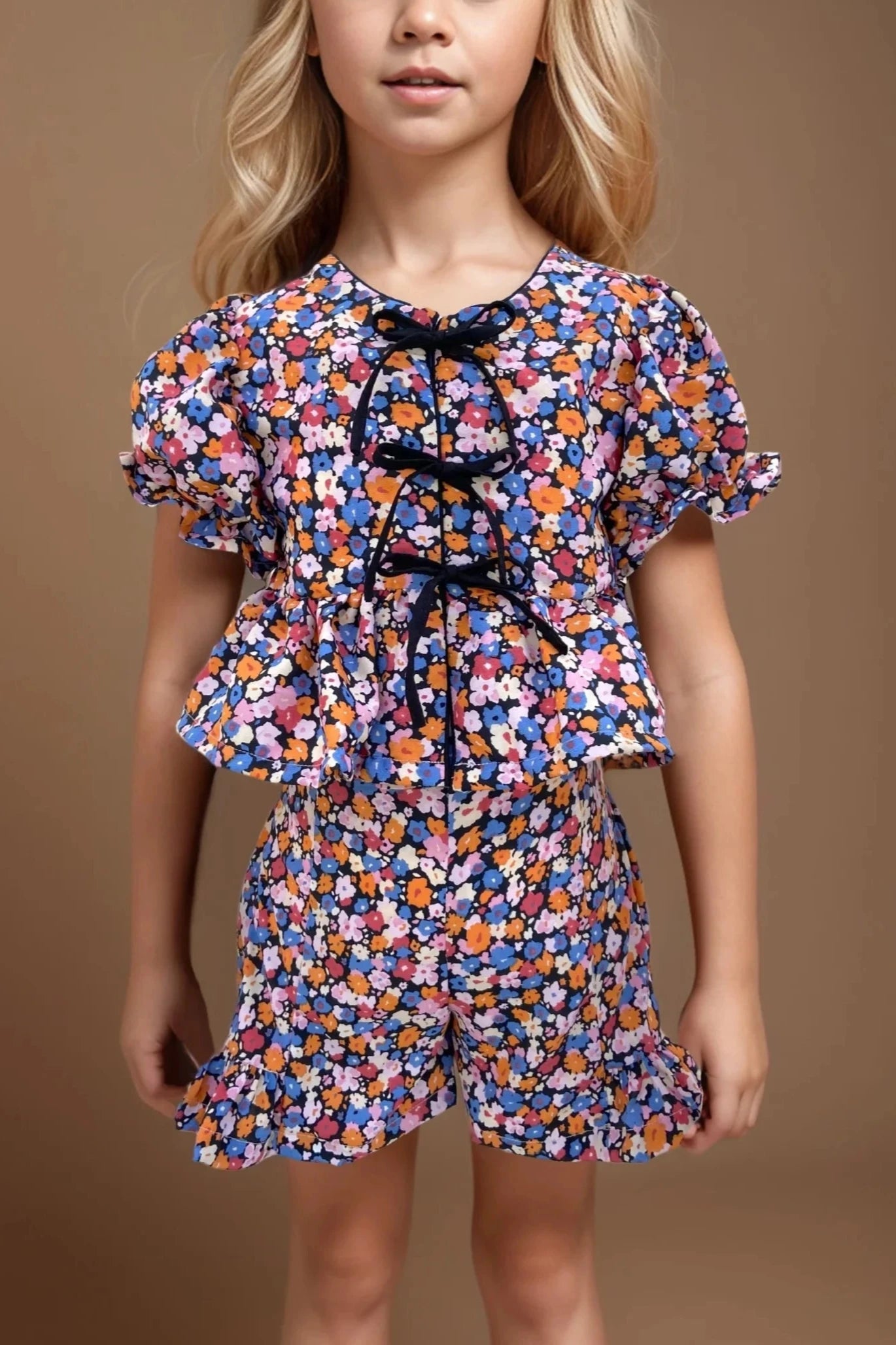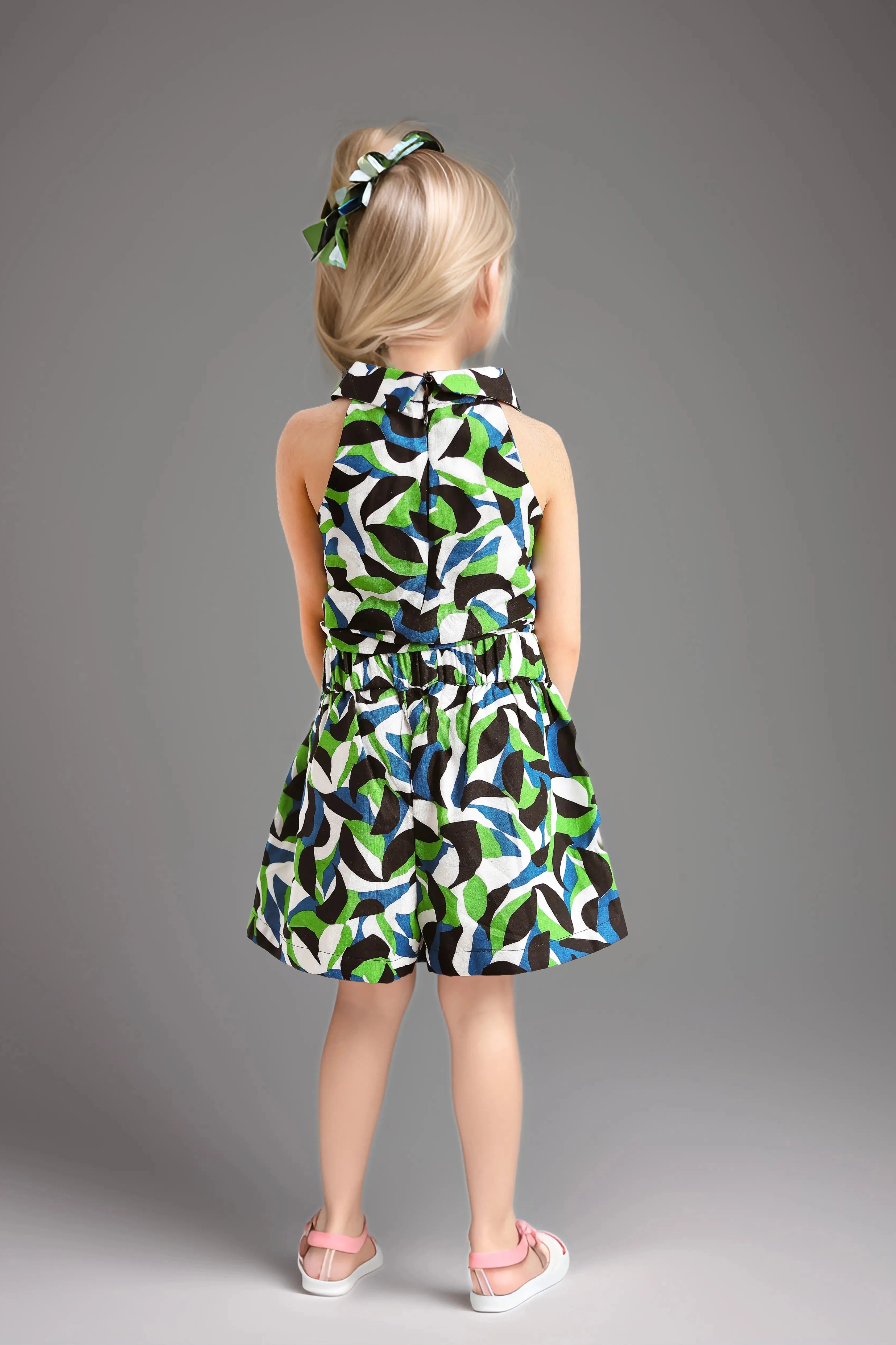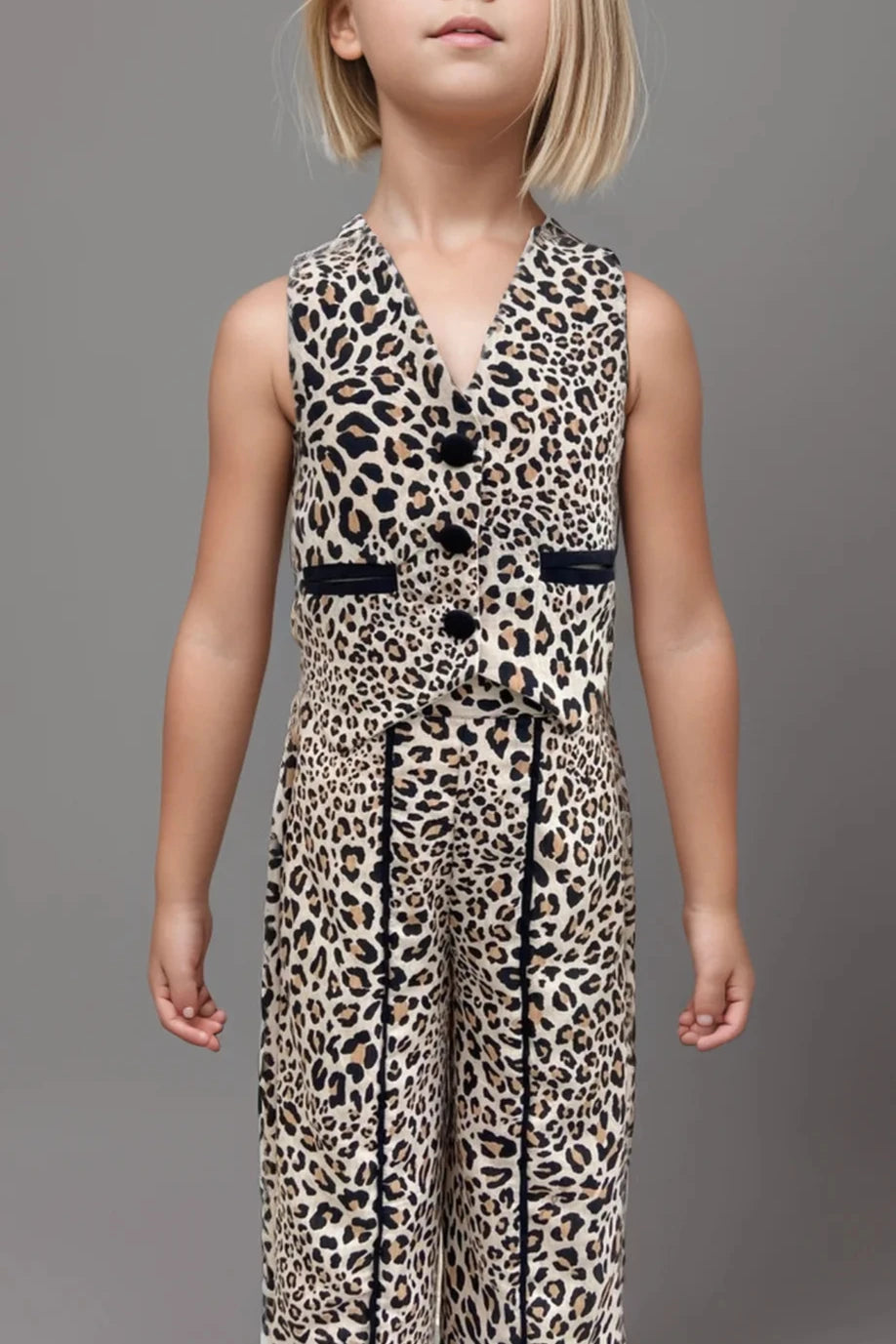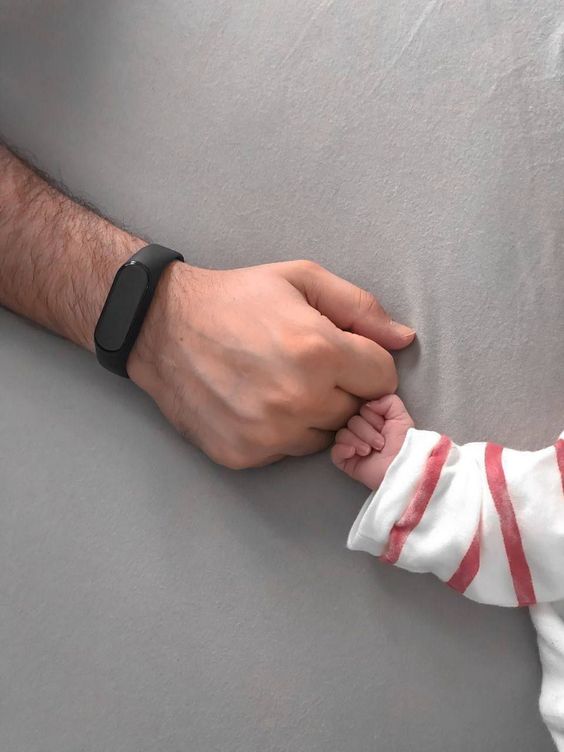How to handle tantrums in kids
There are many different types of tantrums. When your child "loses it," they may result in spectacular outbursts of rage, frustration, and disorganised behaviour.
Screaming, tensing up limbs, an arched back, kicking, falling, thrashing around, or running away are possible observations. Sometimes during a tantrum, kids will hold their breath, throw up, break things, or injure themselves or other people. The secret to handling a child's tantrums as a parent is to be understanding and patient.
Children from one to three years old frequently throw tantrums. This is because the social, emotional, and linguistic development of young children is still in its childhood. Read further to know how to handle tantrums in kids.
How to handle tantrums in kids:
-
Relocate to a safe place :
Ensure the safety of your child and those in the vicinity. If necessary, this may require you to carry your child somewhere else.

-
Listen and understand them :
Once your child is in a secure environment, gently acknowledge the feeling they are expressing. Speak quietly and slowly.

-
Give them a hug :
As soon as your child settles down, remain silent with them. If they ask for it, feel free to touch or hold them, or give them more room to move around. Never attempt to reason with your kids.

-
Stick to your demands :
Refuse to budge when it comes to demands. Your child will learn from this that throwing tantrums won't get them what they want.

-
Change their focus :
Give a "paradoxical instruction" a try. This entails allowing your child to cry out and scream until they are ready to stop. Say, "You can yell louder if you want to," as an example. We're not disturbing anyone, and it's a large park.

-
Give them Comfort:
After your child has calmed down, give them comfort. A tantrum upsets people in general.

-
Find Humour :
Try to laugh and not get angry in the moment.

-
Dont Yell:
It is best to not raise your voice or yell at the kid as it will only make things worse.

There are several strategies you can implement to reduce the likelihood of tantrums:
- Encourage your child to understand their feelings. Using words to describe emotions like "happy," "sad," "cross," "tired," "hungry," and "comfy," you can do this from birth.
- Determine what causes a tantrum, such as fatigue, hunger, anxieties, fears, or overstimulation. By going shopping after your child has had a nap or something to eat, for example, you may be able to prepare for these scenarios and prevent the triggers.
- Encourage your child to become aware of how they feel when they are able to handle a challenging situation without losing their cool. "I just watched you build that tower again without getting upset when it fell," as an example. What was the feeling behind that? Did you feel confident and at ease?
- When your child is calm after a tantrum, talk about feelings. "Why did you throw that toy? Were you upset that it wasn't interesting?" as an example. Communicate with them.
- Be yourself a good example for how to handle stress. You can say, "I am worried that we might not make it to the airport." Let us all take some slow deep breaths.
When you maintain your composure during your child's tantrum, it sets an example of composed behaviour for them to follow.
The best way to handle a tantrum varies on your child's age:
- Time-in is beneficial for toddlers; be near them, provide comfort, and let them know you are aware of their emotions.
- The five calming down steps are as follows for older kids: name the emotion, recognise it, pause, offer your child support while they settle down, and deal with the problem that caused the tantrum.
Stay connected with us for the latest updates and valuable insights. Follow us on Instagram for more information: @safehugskidswear. Find one stop solution to all your parenting problems here. Your journey with us is just the beginning and we’re excited to share it with you!
Happy Parenting!!!




